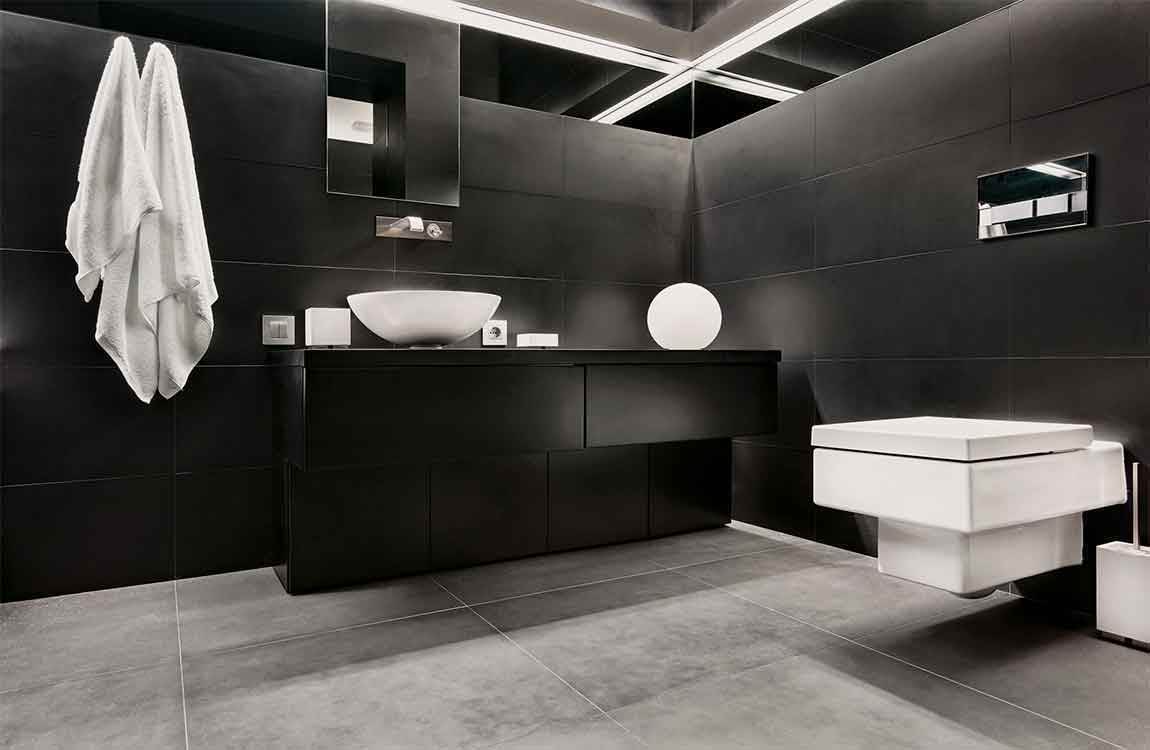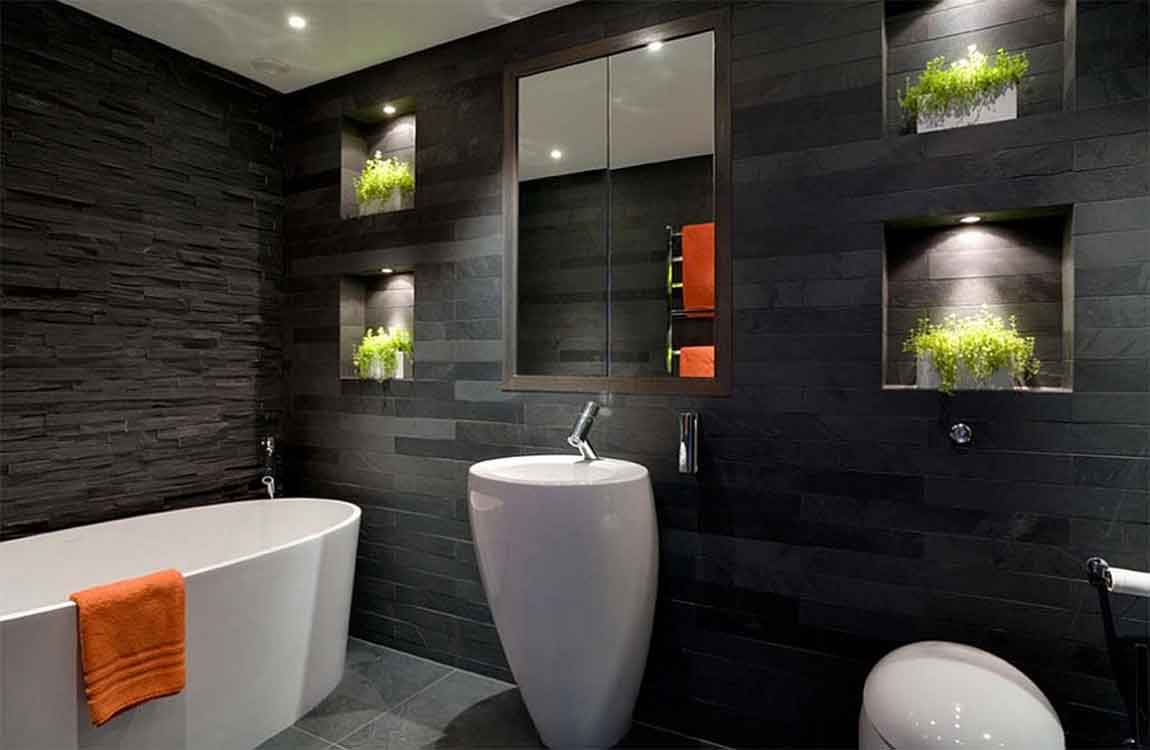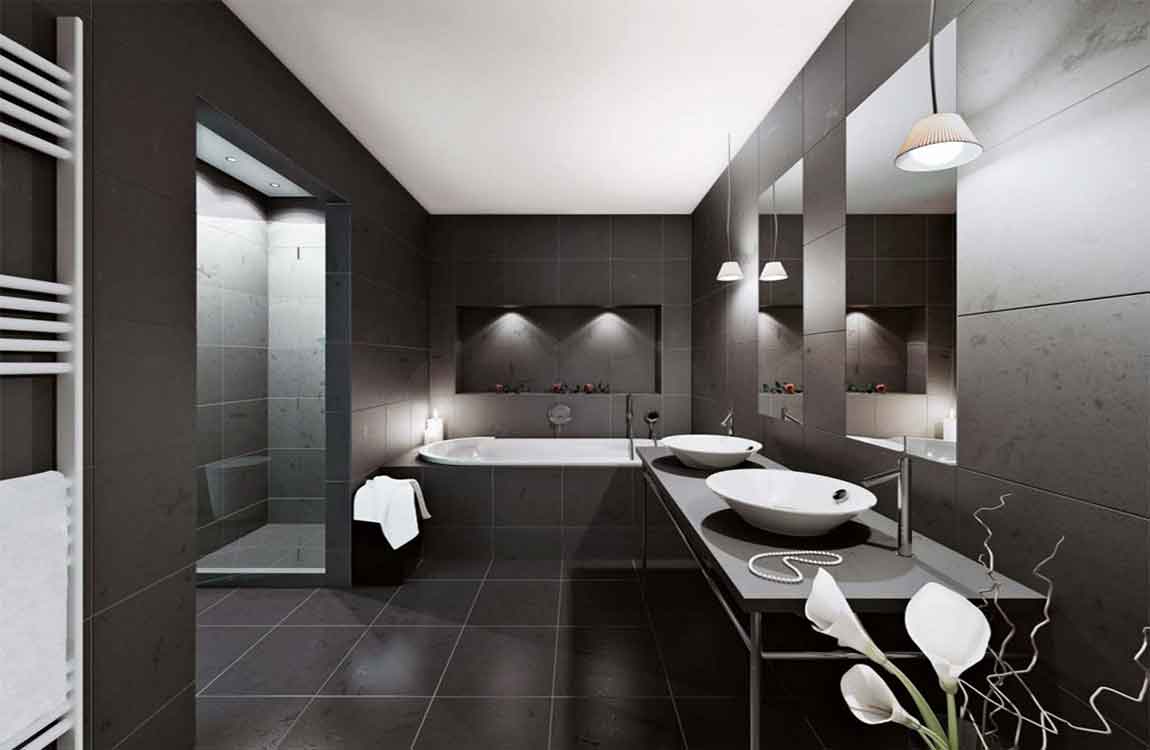How Using a Bleach Solution?

Open the windows and doors in the area for ventilation. When using bleach, it’s always a good idea to create good ventilation. Try to open as many nearby windows as you can, particularly if there’s one in the bathroom. If there’s not a window in the bathroom, place a fan blowing air out of the bathroom toward an open window.
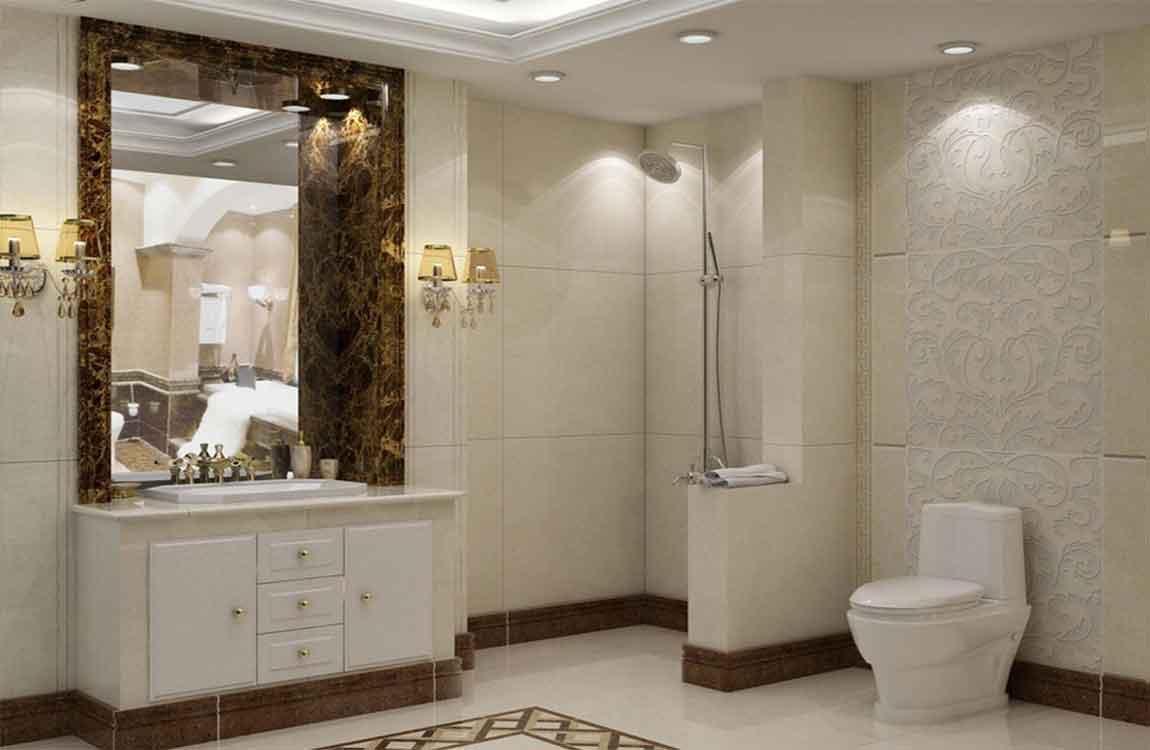
Put on gloves and goggles. Choose gloves that won’t let the mold through, such as rubber cleaning gloves or latex gloves. Don’t touch the mold with your hands. Similarly, goggles are a good idea, as you don’t want to flip mold spores into your eyes accidentally. You may also want to wear a dust mask that filters out mold. These precautions will also protect you from the bleach.
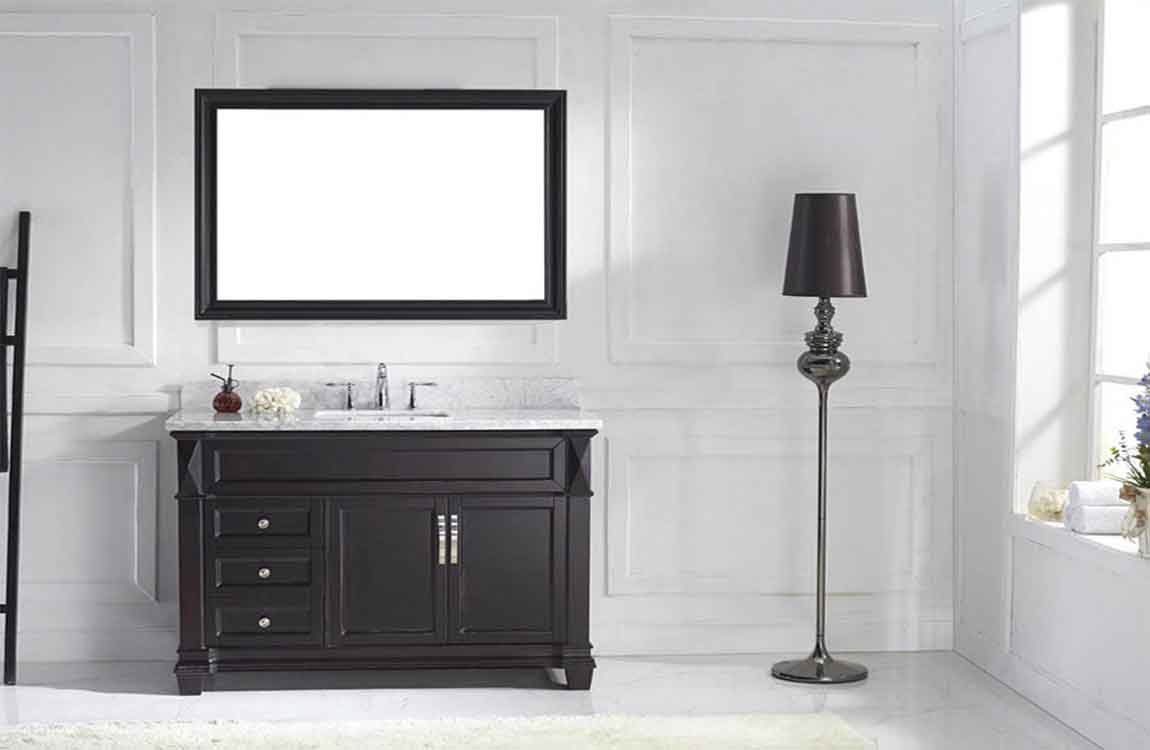
Mix 1 cup (0.24 L) of bleach into 1 gallon (3.8 L) of water. Measure out the water first, and then pour the bleach into the water. Use a spoon or a paint stick to stir it together so it is is well mixed. Try not to splash it as you’re stirring. Make sure you never mix bleach with ammonia, as it creates toxic gases.

If you prefer, you can start out with an antifungal cleaning solution that doesn’t contain ammonia, then follow up with bleach after you get most of the mold off. Dip a sponge or cloth into the bleach solution and scrub down the mold. Squeeze out the excess and begin scrubbing the moldy areas. Knock off as much mold as you can and dip the cloth or sponge back into the bleach solution as needed.
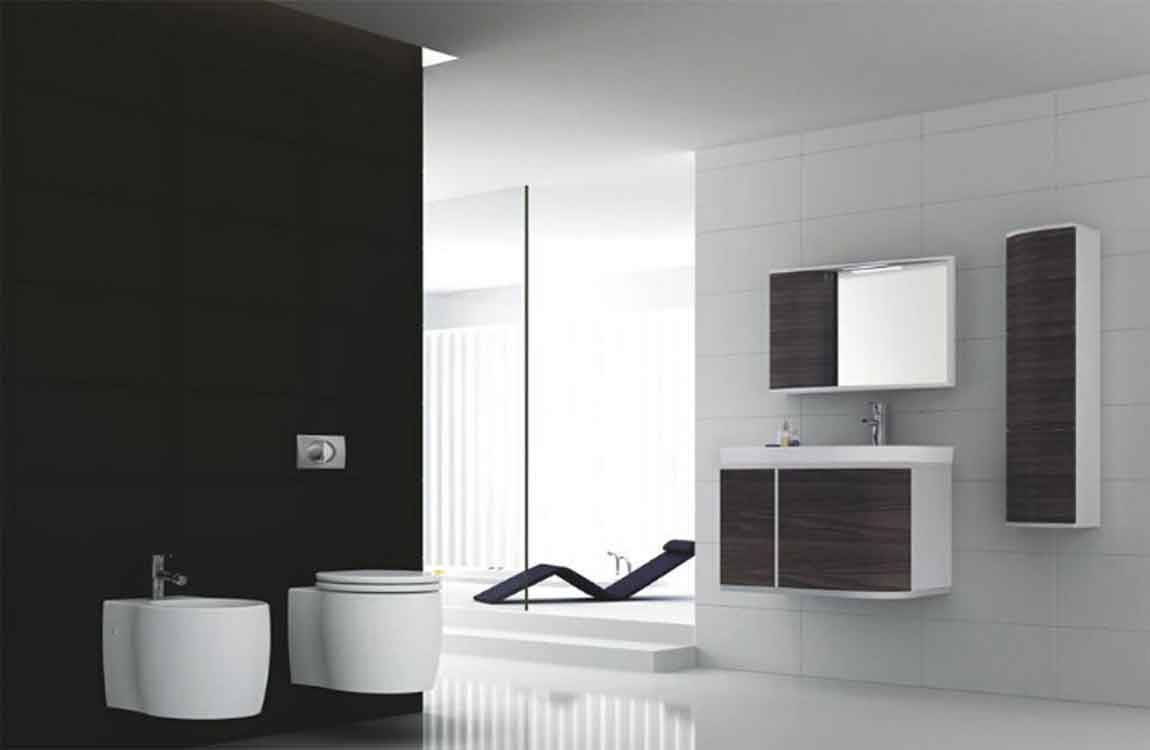
You can also rinse out the cloth in running water before dipping it back in the solution so you’re not returning as much mold to your cleaning solution. Use a scrubbing brush where the mold won’t come off. If you have areas where you’re having trouble removing the mold, dip a toothbrush or other scrubbing brush into the cleaning solution. Run it over the moldy areas, using a small circular motion to get the mold off.



